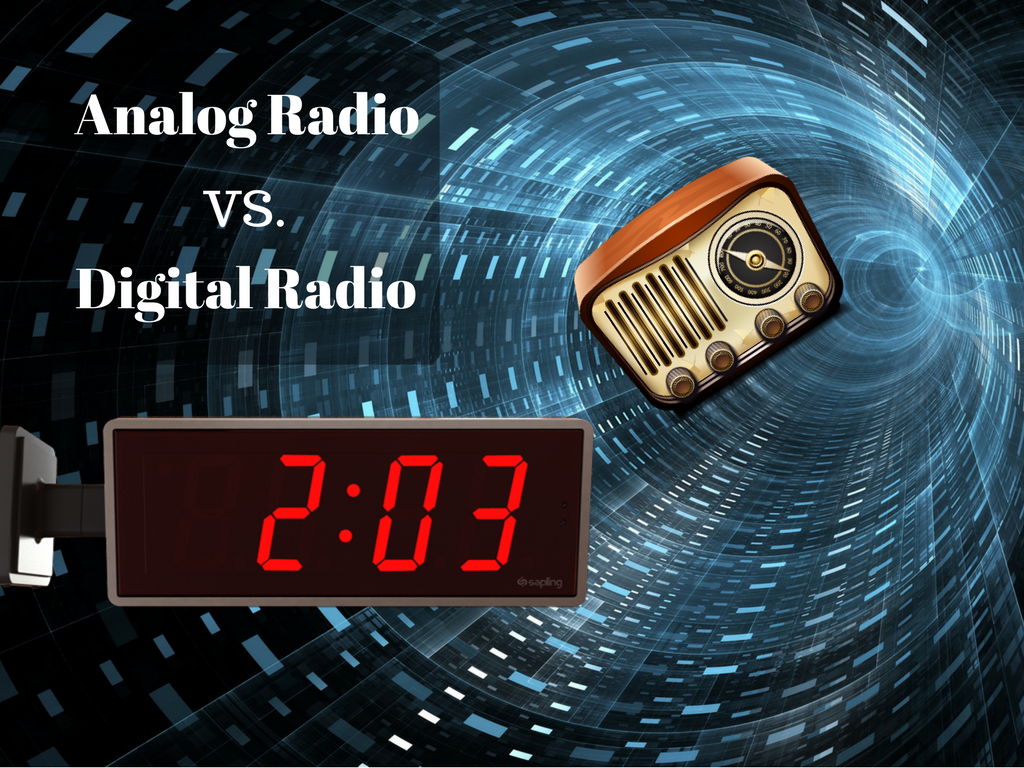This year, Norway became the first country to stop the use of FM Radio and the same trend is to be followed by rest of the world.
You might be thinking that your favorite FM radio would vanish soon but this is not the truth. In fact, it is to undergo a big change that would result into improving signal quality and enhanced options for people in terms of programming.
How Analog Radio Works
Before we move further, it is necessary to understand why this change is much needed.
Terrestrial radio is really not the latest technology, but in actual it is very old. Guglielmo Marconi is known to run the first successful application of wireless technology after sending out the first radio signal – consisting of a single letter, “S” – in the year 1895.
The modern version of Radio was patented by Nikola Tesla in 1943 leading to modern use of terrestrial radio. And this is true that much has not changed since then as this technology is still in use these days.
The technology is fairly simple. Terrestrial radio has two majorcomponents, a receiver and a transmitter. The transmitter transmits radio waves – known as continuous sine waves – using one of two types of modulation. These two types of modulation are AM (Amplitude Modulation) or FM (Frequency Modulation). The main differences between these two are the frequency range (800MHz for FM or 49MHz for AM), the total number of frequencies, and the transmitter power.
Why a Change is Needed for Analog Radio
Similar to the digital transition that occurred in recent years for television, radio in an analog format is simply starting to exhibit its oldness. This doesn’t signify its retirement, but digital radio gives a cleaner signal, less signal degradation from devices on the same spectrum. This is why it’s inevitable the world will make the switch at some point.
Benefits of digital radio include:
- More channels and content aids
- Better bitrate audio
- Capability to pause and rewind live radio
- The ability to easily tune by searching for station names rather than frequencies
- Improved experience, such as phone numbers or websites that can be linked with ads, album art, and news or concert information about the band currently playing
How does digital radio work?
Alike terrestrial radio, digital radio transmits a signal via air that a receiver catches, and plays through your speakers.The major difference between the two is that digital doesn’t send complete information in one go. Instead, it encodes the audio and transmits it from an antenna in pieces.
The receiver then captures these pieces and decodes the encoded audio, and pieces together the audio before playing. Thoughit may appear like an odd process, it’s really beneficial because the digital signal is broadcasted redundantly to enhance playback.
There are majorly two reasons that makes digital signal better.
- Receivers carry advanced amplifiers that help to filter out competing signals.
- The information is transmitted excessively, so even if bits and pieces are lost, the receiver can easily create a kind of back-up plan by pulling from one of the redundancies before playback.
This doesn’t mean that analog radio would be out from the world, but the introduction of digital technology would enhance its capability on various fronts.





















